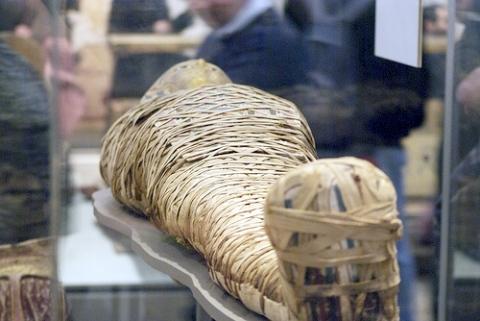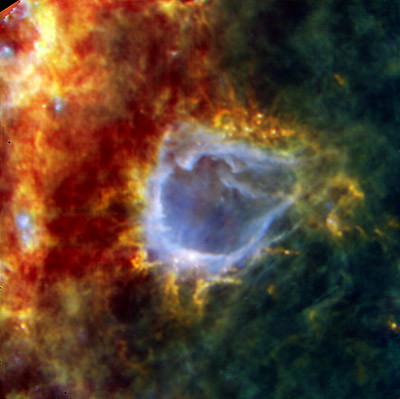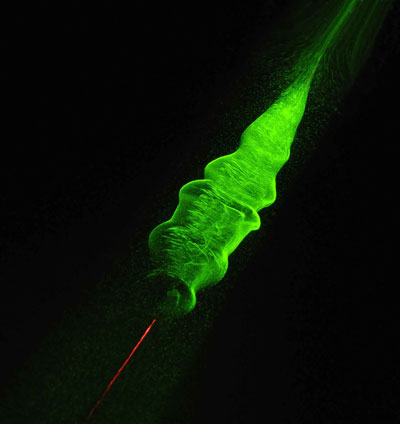
© p_a_h flickr Scientists say looking back can help them look forward, by revealing how the disease evolved over time.
Back in 2005, when Frank Ruhli was trying to figure out how ancient Egypt's famous boy Pharaoh, King Tut, died, he used CT scans of Tut's mummified remains. Now, says the renowned mummy expert, the new technology to screen some airline passengers for explosives can provide even more information.
"By applying this technology on top of another technology, it may help you to look differently at the specimen," he explains, adding that the Terahertz imaging - also known as "full body scan" technology - does not use any sort of radiation, which could destroy DNA remnants of the mummies.
"And finally, by using this Terahertz imaging, you eventually may be able to look at the substances within the mummy, for example, the embalming liquid used in the Egyptian way of embalming. There you can actually do sort of substance analysis which you can't really do by conventional x-ray."
Ruhli and his team of researchers at the Swiss Mummy Institute have just completed the first feasibility study of how they could use the technology to reveal a mummy's secrets, without damaging the mummy. He says the images they have gathered with the terahertz scans are very promising.
And he says the results are not just interesting for historians. "More and more, there are actually people aware of the fact if we want to know more about medicine or actually how to treat patients with all these health care issues, we have to look to the past as well."






